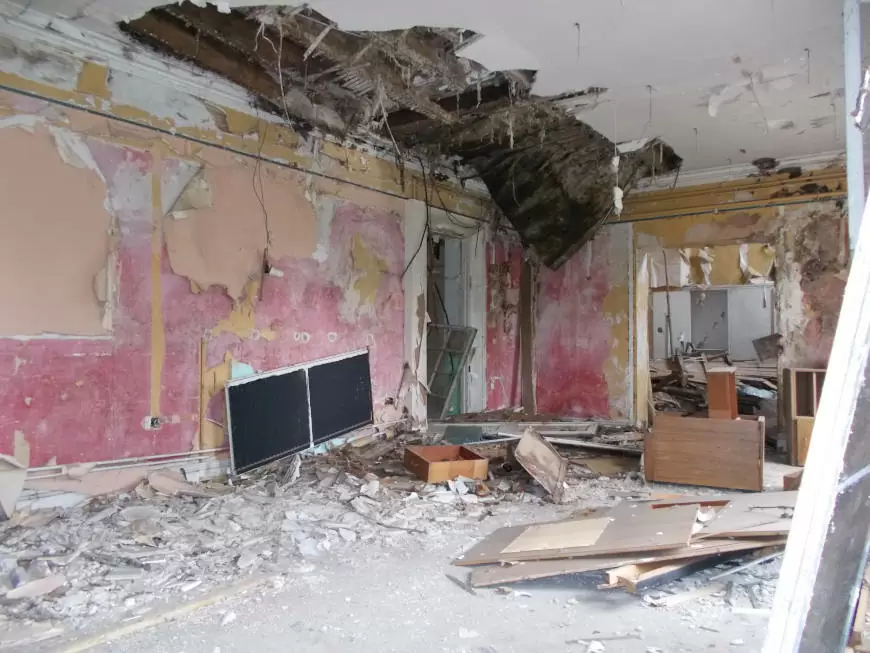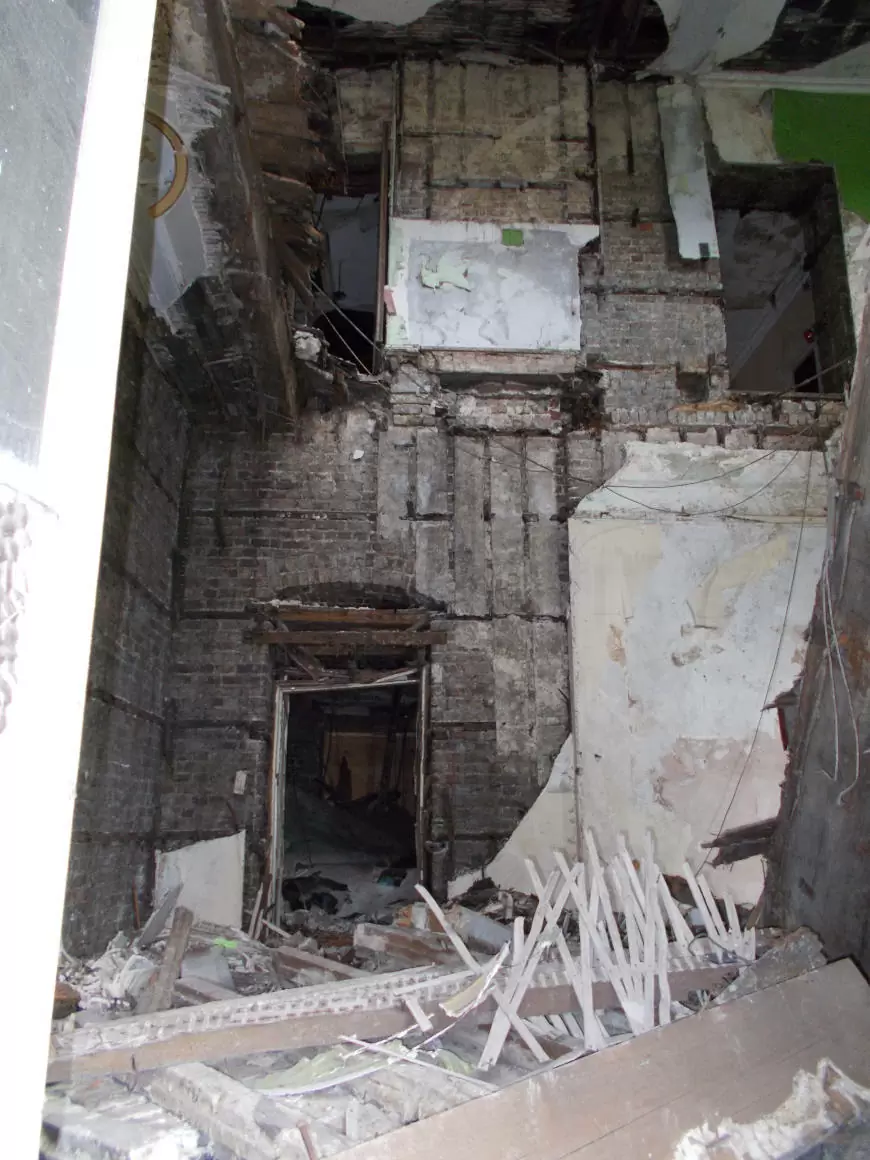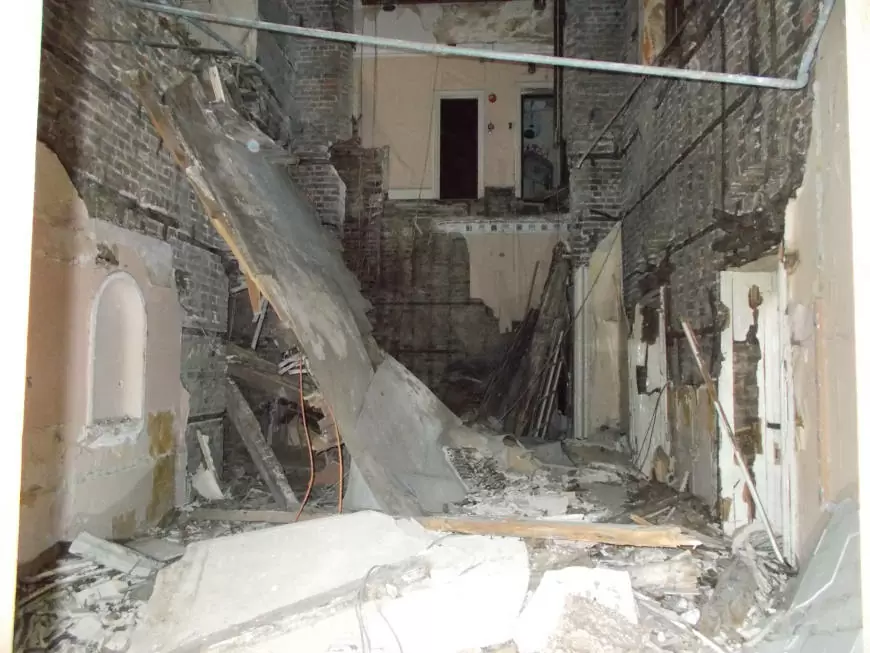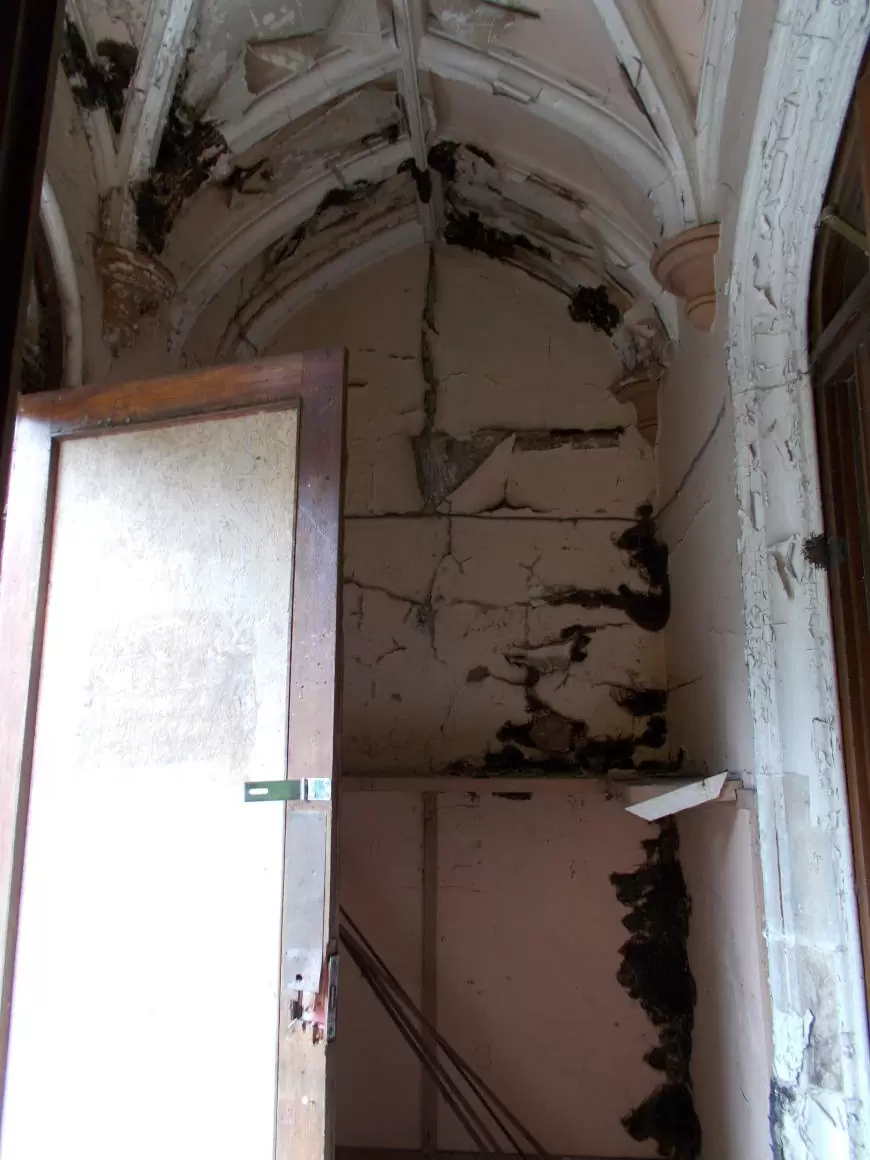Dry Roy Infection at Twyford Abbey
The Problem
Twyford Abbey was built on the site of an existing Manor House in the early 19th century as a ‘romantic castellated abbey’ in the Pimlico style. This included many Victorian gothic features to the facades, roofs and roof drainage systems which were very vulnerable to blockage and overcharging, and therefore required regular maintenance. The building was occupied as an Abbey and convalescent home throughout the 20th century, but reduced maintenance and heavy occupancy by feral pigeons resulted in defective roof drainage allowing chronic water penetration into the structures beneath.
This provided the conditions for dry rot (Serpula lacrymans) infection and decay to the structural softwood timbers built in contact with the masonry of the walls where these were subject to chronic water penetration from defective roof drainage. Dry rot is a ‘geophilic’ fungus in the wild which infects timbers built in contact with masonry subject to chronic water penetration from defective roof drainage. It is therefore often found extending in a ‘cone shape’ down through a building from a valley or parapet gutter or roof drain. Dry rot may persist in damp masonry for many years and decades; especially at and below ground level where the base of the walls and foundations will remain damp.

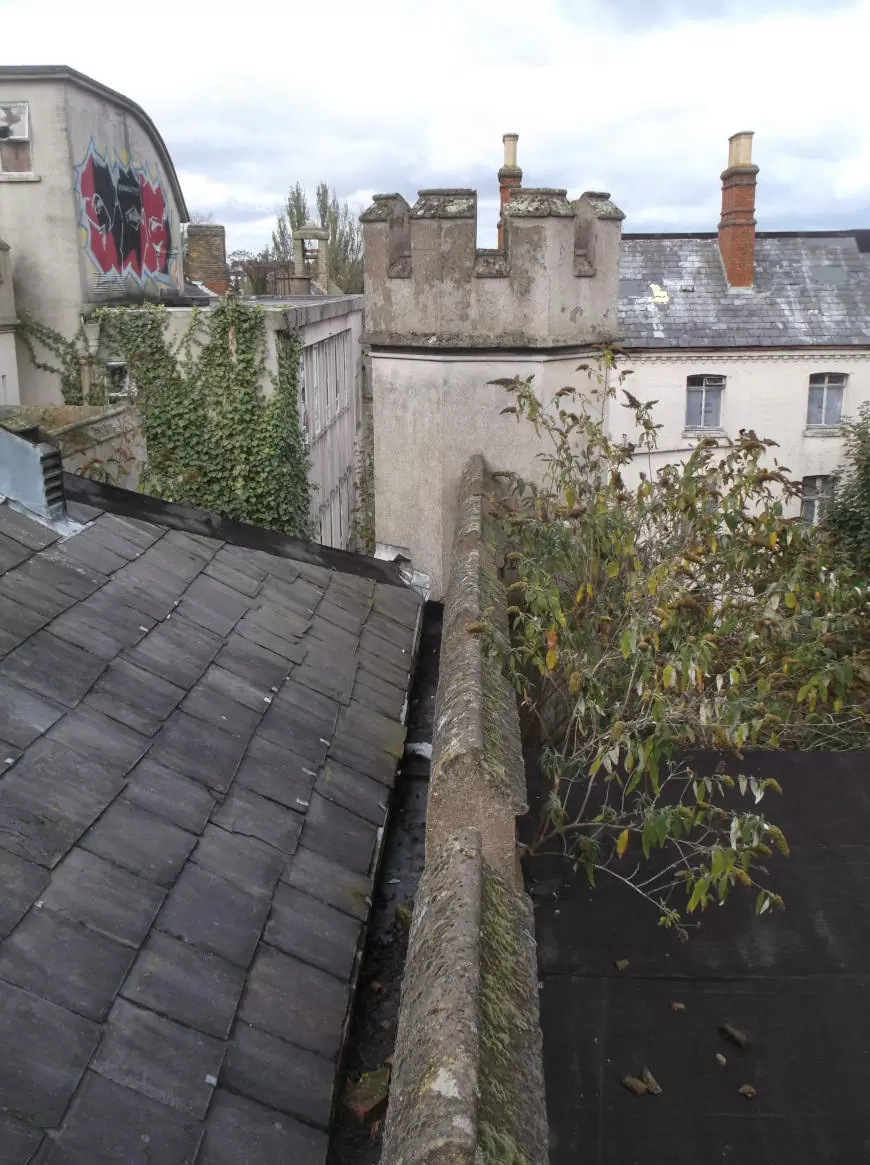
The Solution
At Twyford Abbey, dry rot infection and decay had spread in many parts of the building subject to chronic water penetration from defective roof drainage and inadequate maintenance as described above. This had resulted in structural decay and failure to lintels over window and door openings, bearing ends of joists and primary beams, wall plates and bonding timbers built into the masonry. Dry rot had also spread to affect floorboarding and plaster. This was continuing to occur despite extensive previous remedial treatments and repairs. Generally, failure to prevent water penetration, the failure of previous chemical remedial treatments, and the introduction of impermeable materials on previous refurbishments was allowing the persistence of dry rot and further decay. H+R undertook detailed investigations to identify decayed, partially decayed and at risk timber elements by using H+R Rothound dry rot search dogs, and by deep drilling and probing. H+R also identified sources of water penetration and residual moisture in the structure by moisture profiling.
Read moreCase Study Gallery


